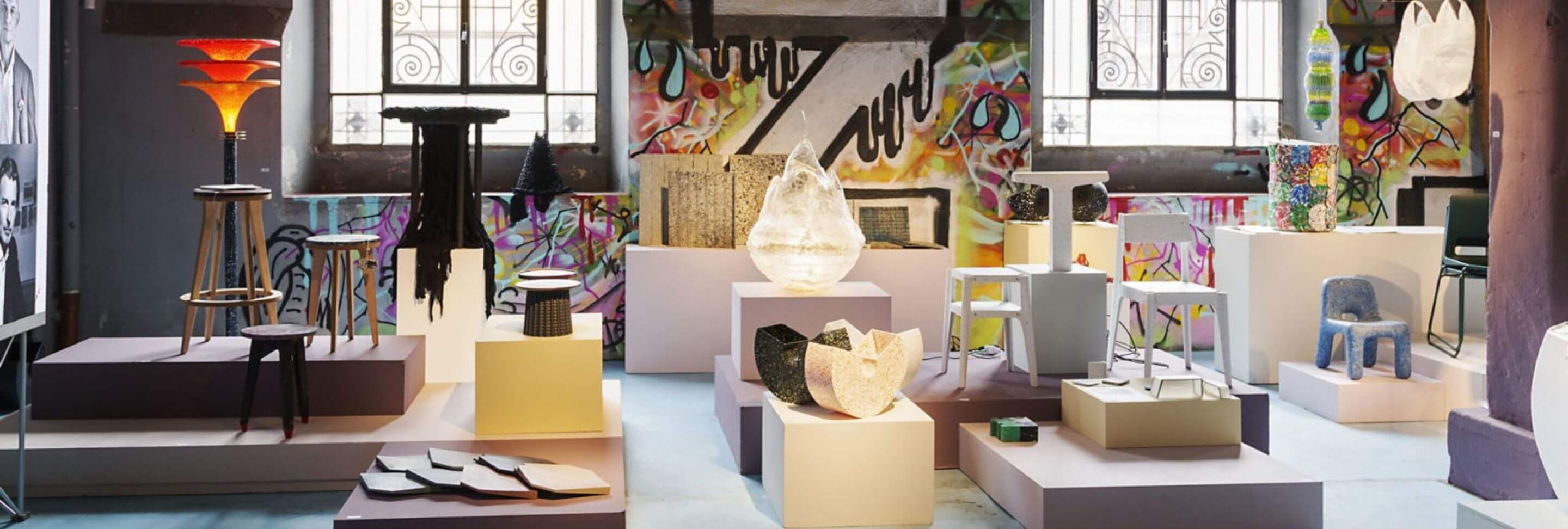SOLVE ET COAGULA
Responsible Innovation Projects
SOLVE ET COAGULA is an investigation of Murano’s blown glass from a holistic point of view. A collaboration with Murano’s glass community, the research and design play with the archetypes of the tradition to speculate about new possibilities for the material. The collection aims to celebrate the impurities in re-melted glass waste, as well as exalting fluid and irregular forms. The idea comes from my previous working experience in Murano (Venini). I was surprised by the amount of glass waste produced by the furnaces and how it was not being valued as a resource. Half of Murano’s glass production becomes waste, around 700 to 1000 tons each year which means that half of the glass produced is waste. Murano’s artisans call it Cotisso. In a regenerative design system, it can be considered a resource. In fact, adding Cotisso to a new crucible significantly reduces the temperature at which the glass is workable, saving energy. Nevertheless, re-melting a high quantity of glass waste may cause the glass to not blend properly and lead to distortions and impurities. Every glass factory has its secret receipt for its most pure glass, always seeking perfection. And yet, today, is beauty still about that? Our notion of beauty has shifted towards a more conscious vision of it. Theoretically, glass is 100% recyclable, it can be recycled endlessly if done correctly. However, the mixture to create colours often uses toxic chemicals that change from colour to colour. For this reason, they are classified as special waste, making Cotisso very expensive to dispose of, especially for small factories. How can we apply a regenerative design system to glass blowing production? Blown glass waste is disposed of in the same container regardless of the colour, however, this system doesn’t allow its reuse, due to the chemical incompatibility of the different colours compositions. For this reason, the bigger issue is polychromy glass production, since many techniques fuse colours together, making them impossible to separate when disposed of. The collection aims to make every part monochromatic, easy to separate. To facilitate its reuse and the separation of the discarded pieces. The research speculates about new possibilities of glass and plays with the archetypes of the tradition. Not as a mere glorification of the past, but a celebration of craftsmanship that is willing to adapt to address the challenges of the future. A collaboration with Murano’s glass community aims to start a conversation on how to make Murano production circular. This project was started for my Master degree in Design at Central Saint Martins and will be part of the upcoming Degree Show which will be presented on 30 of June.











